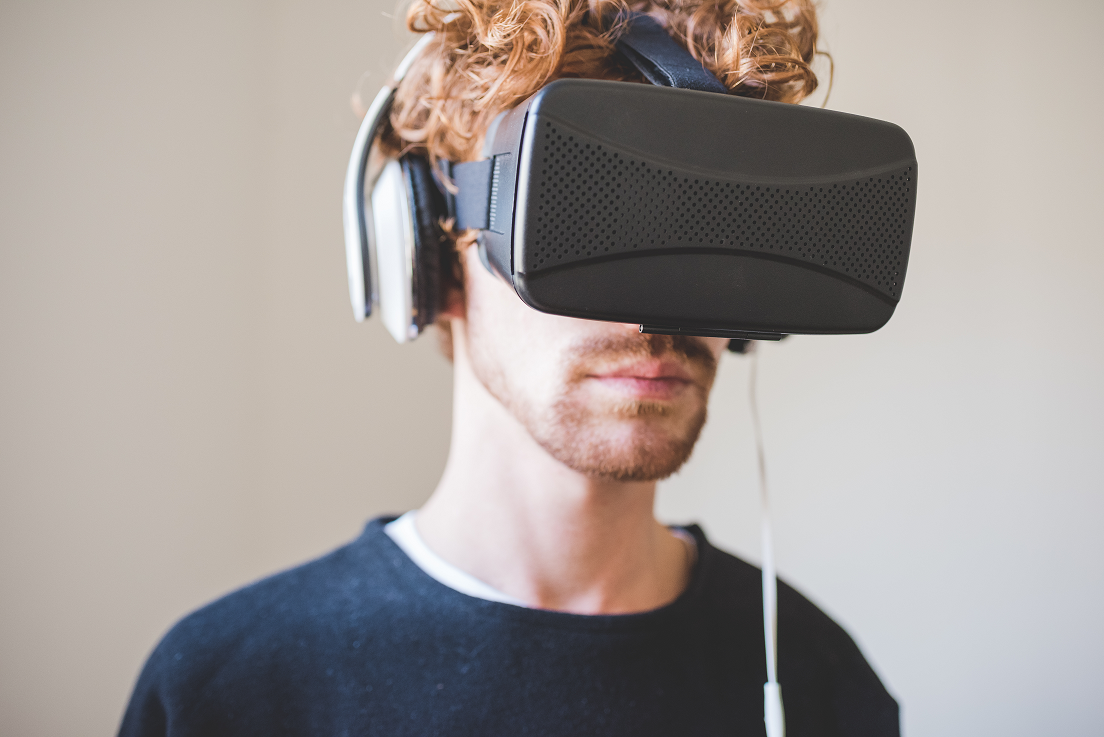
Paul Smith, SVP of Sales, AdTonos
I’m going to say something potentially controversial, but hear me out: the world of audio was always, and will always be, a metaverse. Let me explain.
Soundwaves are not seen, yet they can transport you anywhere. Soundscapes can build universes that live inside the mind and weave new worlds for you to inhabit. Who hasn’t walked along a sunny street somewhere with music plugged in or a story playing only to find themselves transported – either into their favourite feature, an evocative scene from within an audiobook, or perhaps, their own, personal film?
Beyond that, I need barely go into detail about how important audio cues are for us to navigate the external, physical world (I will not say “real” because these things need not be tangible to be real). Hearing is one of our five basic senses, essential for processing, understanding, and perceiving our environment.
We have come to associate shrill sounds with danger or alarm, specific voices with feelings of affection, and certain songs with strong memories or general states of emotion, such as sadness or nostalgia. In short: audio soundscapes are the busy streets, the quiet footpaths, the windy hills, and rushing rivers of the mind.
Basic biology transcends virtual barriers
So when we think about the Metaverse™, Mark Zuckerberg’s most recent iteration of a metaphysical world, we already know (although we might not be aware of it) that a place cannot truly be brought to life without sound. What would games be without sound (Super Mario, anyone?), or the world’s leading brands without their own distinctive jingles that have buried themselves into our brain? When I say: “I’m loving it!” it surely makes most people think of McDonalds’ sing-song adverts.
TikTok already seems to be breaking the trend of sound-off adverts, and a boom in podcast listening signals an age of audio-on that will only grow in complexity once/if the Metaverse and its various AR/VR experiments take off, and advertisers are already very keen about exploring new and interesting ways to connect with their customers’ interests.
It makes sense, then, to think about the best way to render attention-grabbing and immersive advertising experiences in the Metaverse. We already know that in-game, incentive-driven advertising is popular with users (presenting them with in-app rewards), and we also know that podcast listeners are looking for more creatively crafted ads in podcasts, where sound effects are integral to the experience rather than just repurposed radio ads.
3D advertising
It’s no giant leap – in fact, it’s a mere shuffle – to realise that advertisers will need to step up their game in the Metaverse if they want to ensure that their adverts are memorable. Touching on as many of our basic senses as they can is an important part of that, which, of course, includes sound.
So what kind of ads would perform well? They don’t have to be obnoxiously loud or garish – in fact, they are ones that are specifically non-intrusive, that blend into the atmosphere, and add an extra nuance, an additional sliver of value to the general environment, rather than sticking out like a sore thumb – or an alarm bell.
Context, as always, will be key. Use your imagination, imagine what you would like to encounter in a soundsphere? How will your sounds cut through the noise of a busy space? These are questions every advertiser needs to be thinking about when it comes to the next generation of ads.
In short, we cannot be sure what the metaverse will develop into, or even whether it will be successful. But the world of sound is already expanding and shows no sign of slowing down. For that reason alone it is worth exploring your options to find the best, most effective ways to truly captivate users as they stroll through whatever world they choose.



